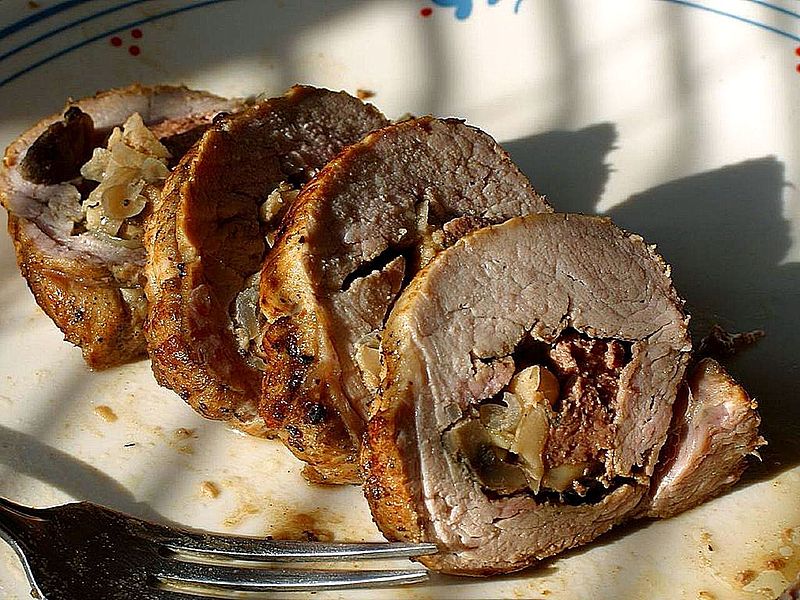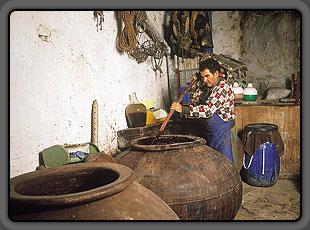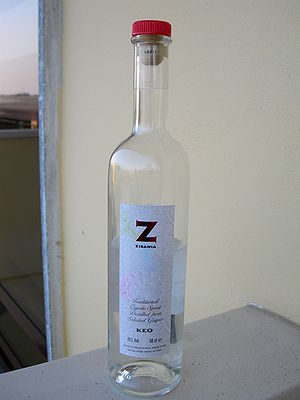Additional information and bibliography
Although vines are planted in all the districts, the great cultivation is concentrated near Olympia, to the north in the areas of Idalion, Lythrodontas and Pera Tamassou, and to the south on the slopes of Machairas and Troodos, from Lefkara to the uttermost part of Arsos in Avdimou. The vineyards of Cyprus cover an area of twenty-five plethro (πλέθρο - pléthro= ancient unit of length and surface area) of vineyards and yield a total of approximately 110-120 thousand hectolitres of wine. Among the various qualities that are collected, two are the most abundant and tradable; the dark-coloured wine, called table wine or common wine, and the sweet wine, called the Comanderite, which is the only one known and worthy to be known in Europe. The common wine has a reddish to black colour, causes headache and has a pine smell. It is exported to Syria, Egypt, the islands of the Aegean, and it is in demand in France. The one which is best known in Europe is Comanderite, owing its name to the Comanderite of Kolossi, where the Templars, and after them the Knights of the Hospital, founded the principal depository of the sugary wines of their estates. Gaudry ranks the vineyards which produce fine wines as per their value and quality :
1. Ora vineyards in Larnaca district.
2. Lythrodontas vineyards in Larnaca district.
3. Pera vineyards in Orini.
4. Lefkara vineyards in Larnaca district.
5. Koilani vineyards in Limassol district.
6. Vavatsinia vineyards in Orini and Morphou area under Mathiatis and Lithrodontas.
7. Odou vineyards in Orini.
8. Agious vineyards in Orini.
9. Melini vineyards in Orini.
10. Sanida vineyards in Limassol.
In our opinion, K. Graudry was not very successful on the classification; He did not even mention the Comanderite wines of Kalohori, Klonari, Akapnou and below Olympus, St. Mamas and Lania. All these wines, of varied taste and quality, are of a particularly fine quality, and are preserved indefinitely. As the Commandaria wine grows old, it becomes a rare drink indeed. Of course, if the gods have lived in the Cypriot Olympus mountain, says Gaudry, why should we not acknowledge this wine as the nectar that Ganymede had? (Frangoudi EN, 1885 p.36-37).
Frangoudi EN (1885) Εγχειρίδιον Χωρογραφίας και Γενικής Ιστορίας της Κύπρου, Omonia Press, Alexandria.
Stalo Lazarou


